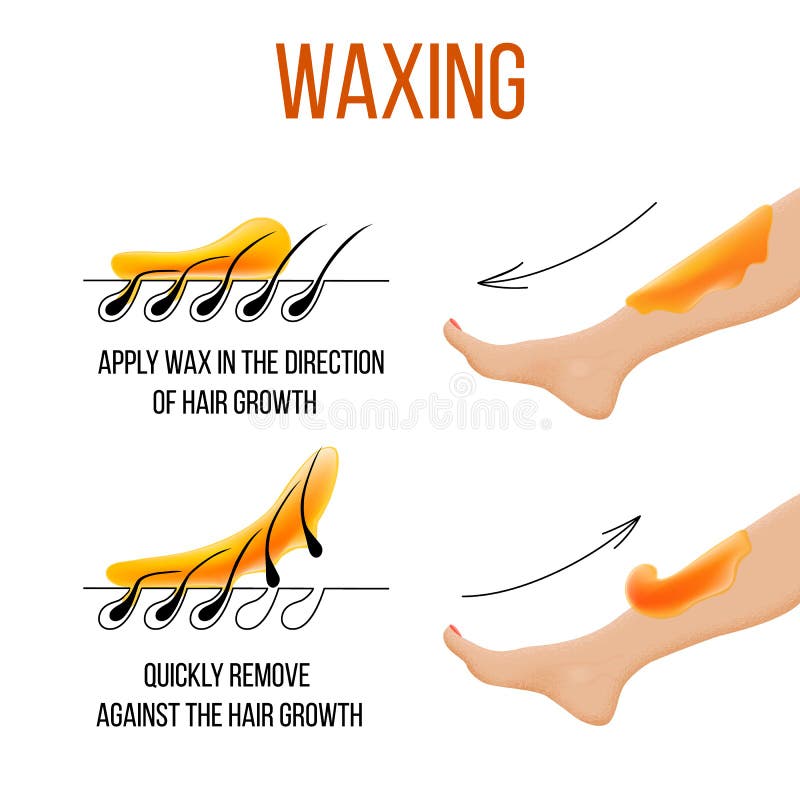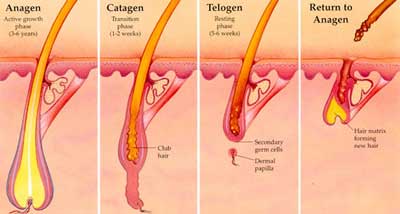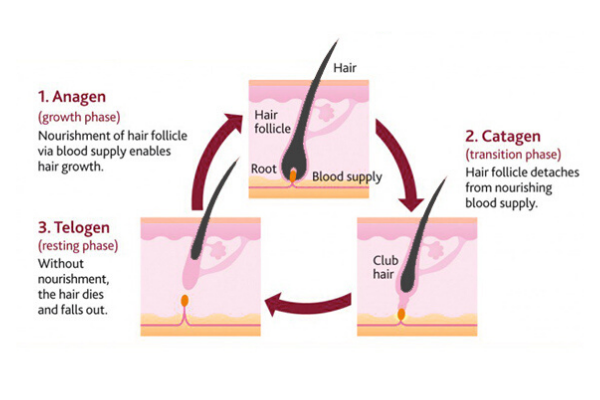Waxing Aftercare Tips: Maintain Smooth Skin Longer
Wiki Article
Grasping the Art of Waxing: Necessary Tips for a Pain-free Hair Removal Experience
In the world of individual grooming, understanding the art of shaving is a skill that can dramatically enhance one's hair removal experience. From pre-waxing preparation to choosing the appropriate wax and understanding proper shaving methods, the trip to a painless shaving experience is led with expertise and expertise.Pre-Waxing Preparation
Prior to undertaking a waxing session, it is essential to properly prepare your skin to decrease discomfort and achieve ideal hair elimination results. Stay clear of hydrating on the day of your shaving session as it can create an obstacle between the wax and your hair, leading to less successful results.Moreover, it is critical to clean your skin completely prior to waxing to get rid of any oils, lotions, or dust that might hinder the wax's ability to grasp the hair. This step not only improves the performance of the shaving process but additionally helps in reducing the threat of post-waxing breakouts - Laser Hair Removal. By adhering to these pre-waxing prep work steps, you can ensure a smoother and extra comfy hair removal experience

Choosing the Right Wax
Selecting the appropriate kind of wax is essential for ensuring a effective and comfy hair elimination process. There are numerous sorts of waxes readily available, each catering to various skin types and hair textures. The 2 primary classifications of wax are hard wax and soft wax. Difficult wax appropriates for delicate locations like the face, underarms, and swimwear line as it adheres just to the hair, making it less painful for these delicate areas. On the other hand, soft wax is optimal for larger locations like legs and arms as it is applied very finely and removed with towel strips.When choosing a wax, consider your skin sensitivity, hair density, and the area you prepare to wax. For those with delicate skin, hypoallergenic waxes with added relaxing agents like chamomile or aloe vera can help in reducing inflammation. Crude hair might require a wax especially formulated for strong hair elimination. In addition, if you are brand-new to waxing, it may be valuable to start with a gentle formula to determine your skin's reaction before trying extra potent choices. Consulting with a professional esthetician can likewise supply beneficial insight right into the ideal wax for your specific demands.
Proper Waxing Method
To start, it is vital to cleanse the skin extensively prior to using the wax. Furthermore, always make certain that the wax is heated to the appropriate temperature level to prevent burns or inefficient hair elimination. Using the wax in the direction of hair development and removing it against the hair growth helps to make certain that the hair is drawn from the root, resulting in smoother and longer-lasting outcomes.Furthermore, utilizing tiny sections of wax at once and pressing firmly on the wax strip before elimination can assist boost the efficacy of the procedure. Finally, remember to apply mild stress on the skin after waxing to lower and calm any kind of discomfort redness. By following these proper shaving techniques, you can accomplish an extra successful and positive hair removal i thought about this experience.
Aftercare Tips

Furthermore, it's a good idea to avoid activities that may cause extreme sweating, such as intense workouts, instantly after waxing to stop further inflammation. If any type of redness or bumps persist after waxing, using a cool compress or aloe vera gel can help in reducing inflammation - Laser Hair Removal. Adhering to these aftercare ideas faithfully can make sure a effective and comfortable waxing experience with resilient results

Troubleshooting Common Issues
Dealing with typical problems that may emerge throughout the shaving process is essential to ensuring a smooth and effective hair elimination experience. One usual issue is skin irritation, which can happen due to delicate skin or inappropriate shaving methods. To alleviate this, utilizing a calming cream containing aloe vera or chamomile post-waxing can assist relax the skin. One more concern is ingrown hairs, where hair swirls back or grows sidewards into the skin after waxing. Normal exfoliation with click now a gentle scrub can protect against ingrown hairs by getting rid of dead skin cells and enabling hair to expand freely. In addition, if you experience wounding or redness after waxing, applying a cool compress can reduce swelling and relieve the skin. Lastly, if you observe irregular hair removal or spots of missed hair, take into consideration changing your shaving technique or seeking expert help for even more detailed areas. By resolving these common waxing concerns proactively, you can improve the overall performance and convenience of your hair removal routine.Final Thought
In verdict, mastering the art of shaving requires correct prep work, selecting the best wax, using the correct technique, and following aftercare pointers. With method and interest to detail, waxing can be an effective hair elimination approach.Moreover, it is important to cleanse your skin completely before waxing to eliminate any oils, creams, or dirt that could interfere with the wax's capacity to hold the hair. The two major classifications of wax are hard wax and soft wax.When choosing a wax, consider your skin level of sensitivity, hair thickness, and the area you prepare to wax.Furthermore, utilizing small areas of wax at a time and pressing securely on the wax strip before removal can help enhance the efficacy of the procedure. After waxing, it's vital to keep the waxed location clean and free from irritants.
Report this wiki page